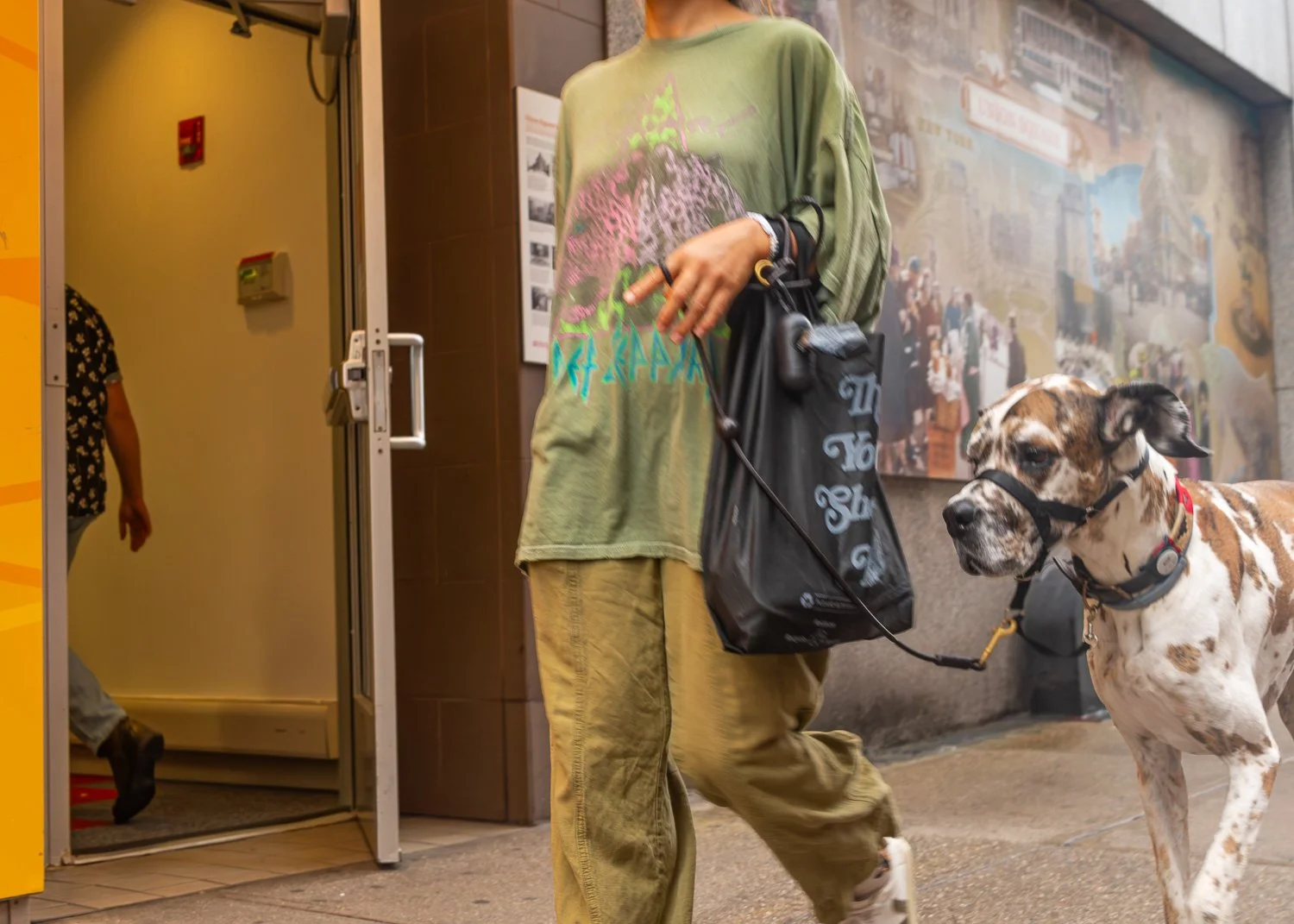seeing with a liberated eye
How My Way of Assessing Images Has Changed Over Time
Some time ago I wrote about the importance of feeling emotion when taking images (review here). After all, how can we expect viewers to react to our work if we don’t feel anything ourselves?
While the best photographs can evoke a strong connection, there’s also a responsibility on the viewer’s side, an openness that’s often overlooked. This is the story of my own journey and the swinging of a pendulum that has led me to a deeper appreciation of art.
There was a time when my only measure of a photograph was whether I simply “liked” it or not. Over the years, though, that simple response has evolved into something far richer and more meaningful.
From Novice to Critic
As a novice, I viewed photographs with an uncomplicated eye, forming judgments based purely on instinct.
That changed after I joined a camera club. There, the critiques of experienced judges introduced me to the set of rules required to garner praise. Equipped with this knowledge, I was now able to produce work that could stand up to the critical eye of others.
A favorite image that breaks a number of conventional rules
The Danger of Knowledge
This new-found knowledge was largely rooted in the foundations of composition - too often misused by judges as a checklist to validate their personal assessment of an image.
For many years, these were the rules I lived by: Did my composition follow the rule of thirds? If not, then perhaps the Golden Triangle or Fibonacci Spiral? Was the subject tack sharp, the depth of field appropriate, the tones balanced?
Over time, though, I began to sense the limits of this rule-based approach. My work started to feel predictable, and unrewarding. The images may have been technically correct but perhaps came at the cost of genuine interest.
Eventually, it dawned on me that rules do not create good images. They can provide a helpful framework or offer language to explain why a picture “works,” but they should never serve as a cookie-cutter formula for success. When applied rigidly, they stifle creativity and lead to work that lacks both imagination and soul.
A Shift in Perspective
This realization prompted a deeper question when tasked with evaluating work: What is it I am actually looking for in an image?
Years of ingrained habits had taught me to scan each photo analytically, searching for compositional strengths or flaws. But this approach was itself flawed - it didn’t reflect how most people respond to art. Like beginners, the general public approaches work without a mental checklist. They rely on their gut feelings.
In fact, I’ve come to believe that, in many ways, the best judge of an image is the novice - the person unburdened by theory, responding simply to how a photograph makes them feel. This brings me to the latest stage in my evolution: assessing images primarily through emotional connection.
Emotion Over Analysis
When people without formal art education encounter a piece of work, their decision about whether they like it is often driven less by what they see than by the emotions it evokes.
That explains why some images prompt an immediate “Wow” before we even begin to analyze them. It’s also why pictures of family and friends resonate so deeply with us (and not necessarily with others), and why images of babies, puppies, or glorious sunsets are universally popular. Each connects to emotions close to the heart of the viewer.
I’ve long believed that the best images are those that stir an emotional response, and this belief has transformed the way I approach art. Now, when I encounter a new piece of work, I consciously put my analytical brain on hold. I give myself time to experience the emotional impact first - only later do I allow analysis to take over, if at all.
This shift has had an unexpected bonus effect on my own photography. There have been many instances where I previously set aside images because of technical flaws, even though they consistently gave me that emotional spark over multiple viewings. Now, I’m far more willing to embrace these imperfections and share the images, trusting viewers to form their own responses.
This is an image I continue to enjoy but am unable to explain why. Failing multiple rule checks this could easily be classed as a failure, yet it puts a smile on my face on each viewing.
An Invitation
I’d love to hear how others approach the assessment of art. Have you ever reflected on your personal process for evaluating an image? Are you primarily analytical, examining strengths and flaws, or are you someone who has always trusted your emotional response on first viewing?
Perhaps neither method is right or wrong, I only know which one provides me the greatest satisfaction.


